The views expressed in our content reflect individual perspectives and do not represent the authoritative views of the Baha'i Faith.
Aboriginal religious traditions are “geosophical” or Earth-centered, say the scholars, rather than “theosophical” or God-centered.
But regardless of the origins of those belief systems, Aboriginal “Dreaming”—the concept of seeing the timeless and eternal in many Aboriginal religions—has much to teach the rest of the world, especially in this time of human-induced environmental crises.
Traditionally, Australian Aboriginal religions have not been strictly monotheistic, although the tendency today is in that direction. Instead, their geosophical beliefs, sometimes called animism, “bring alive” the entire creation, and deepen our respect and appreciation for nature.
At least one statement from the Baha’i teachings appears to recognize an element of truth in animism: “The earth has its inhabitants, the water and the air contain many living beings and all the elements have their nature spirits.” – Abdu’l-Baha, Divine Philosophy, p. 114.
Baha’is believe that nature, taken as a whole, can also be said to embody spirit:
Nature in its essence is the embodiment of My Name, the Maker, the Creator. Its manifestations are diversified by varying causes, and in this diversity there are signs for men of discernment. Nature is God’s Will and is its expression in and through the contingent world. It is a dispensation of Providence ordained by the Ordainer, the All-Wise. Were anyone to affirm that it is the Will of God as manifested in the world of being, no one should question this assertion. It is endowed with a power whose reality men of learning fail to grasp. Indeed a man of insight can perceive naught therein save the effulgent splendor of Our Name, the Creator. – Baha’u’llah, Tablets of Baha’u’llah, p. 142.
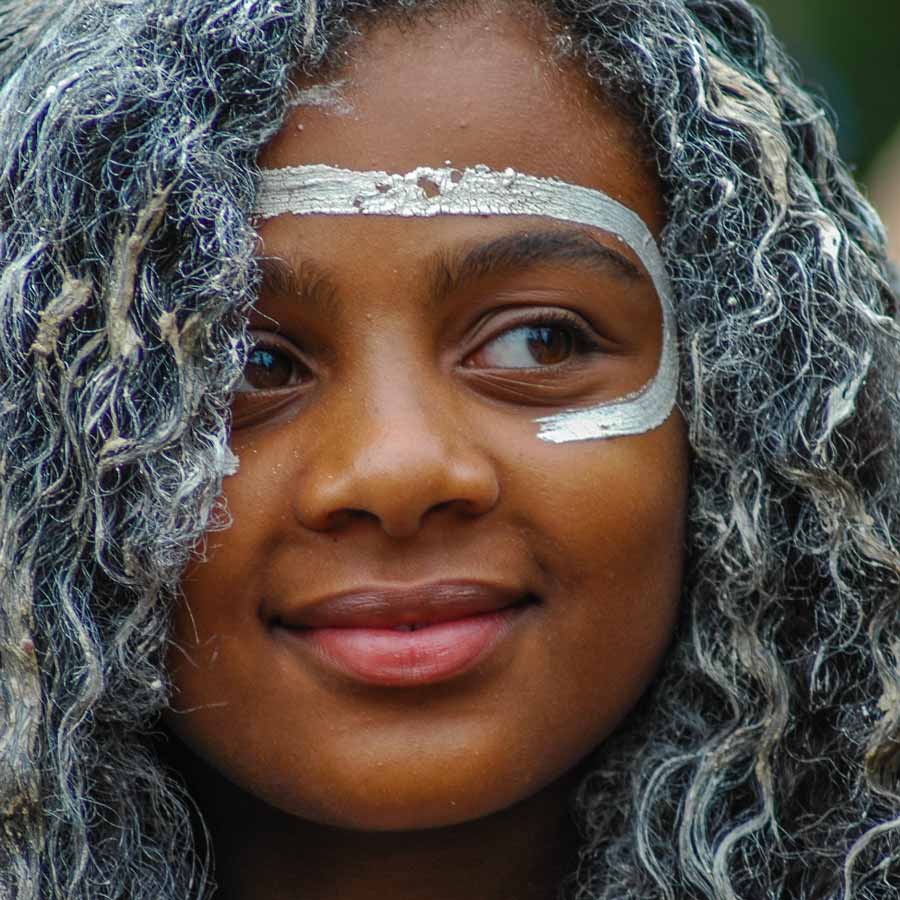
SYDNEY, NSW, AUSTRALIA – JANUARY 26, 2009: A member of Koomurri Aboriginal Dance Troupe taking part in a traditional Australian Aboriginal smoking ceremony on the sacred land of the Gadigal People.
If nature is “endowed with a power whose reality men of learning fail to grasp,” and if “all the elements have their nature spirits,” then working with Aboriginal and Indigenous peoples—those who are closest to nature—may help us all prevent the foreseeable and yet devastating effects of climate change.
But does this require a dual religious identity? Can a contemporary, Indigenous/Aboriginal person adopt a new Faith while still adhering to some of the nature-centered beliefs of the most ancient Indigenous cultures?
I have met more than several Baha’is who have dual religious identities. They usually belong to the Baha’i Faith and identify as Baha’is, while at the same time participating in another faith tradition—usually their own Indigenous cultural tradition, in which they were raised. They incorporate the wisdom of their tribal traditions into the modern framework of the Baha’i teachings—because Baha’is recognize that truth, no matter where it originates, is one:
Praise thou God that at last, through the divine teachings, thou hast obtained both sight and insight to the highest degree, and hast become firmly rooted in certitude and faith. It is my hope that others as well will achieve illumined eyes and hearing ears, and attain to everlasting life: that these many rivers, each flowing along in diverse and separated beds, will find their way back to the circumambient sea, and merge together and rise up in a single wave of surging oneness; that the unity of truth, through the power of God, will make these illusory differences to vanish away. – Abdu’l-Baha, Selections from the Writings of Abdu’l-Baha, p. 29.
Kevin Locke, a Lakota Baha’i who co-wrote several of the essays in this series, is a good example of a Baha’i who lives in both worlds at once—Baha’i and Lakota. Similarly, Banjo Clarke was both a Baha’i and a traditional Aboriginal elder, who thought that the Aboriginal way of life and outlook on life has something to offer humanity as a whole:
Everybody is united and the same, I think. But Aboriginals have that real strong spiritual gift about them, because in the world they lived in – nature – that sort of spiritual thing governed their everyday lives. And so we still have it today. …
I can see it would save the world if people got back to Aboriginal principles. It will never rectify anything unless we do, one way or another. Aboriginal culture has so many positive gifts to bring to the world. People say, ’Oh, those ways don’t exist any more.’ But that’s why there’s big trouble today, because they are no longer practised everywhere. And they could easily be. …
Love – great love – is Aboriginals’ strength. Aboriginals have respect for all people, no matter where they come from or how poor or how bad they are. You’ve got to give everyone a chance. We treated other people the way we wanted to be treated. – Banjo Clarke, Wisdom Man, pp. 217–219 (emphasis added).
Because “Aboriginals have that real strong spiritual gift about them,” Banjo Clarke, speaking both as a Baha’i and as an Aboriginal Elder, made this profound claim: “I can see it would save the world if people got back to Aboriginal principles.”
Australian Aboriginal geosophy may have something to offer us all in that regard. The Rainbow Serpent, as a symbol of unity and harmony, can teach us an important truth. Building bridges, forming alliances, and cultivating collaboration will enrich us all. A new respect for the spiritual gifts nature has to offer us, and a recognition of our responsibility for its compassionate stewardship, goes together perfectly with the Baha’i teachings.
You May Also Like
Comments



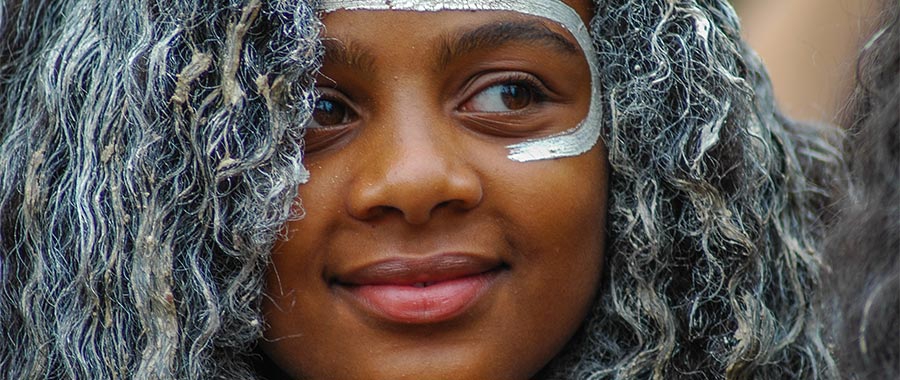

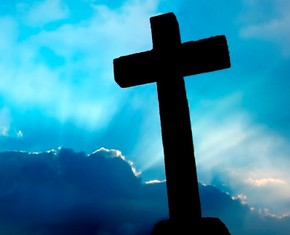
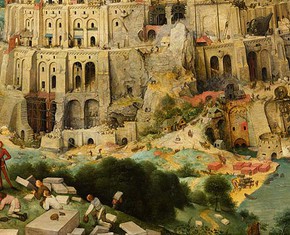
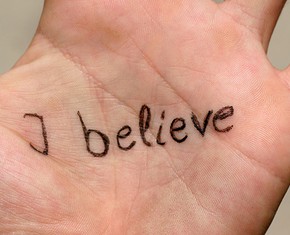









SYDNEY, NSW, AUSTRALIA - JANUARY 26, 2009: A member of Koomurri Aboriginal Dance Troupe taking part in a traditional Australian Aboriginal smoking ceremony on the sacred land of the Gadigal People.
Credit: Bangkokflame: An Australian photographer with a passion for good food, travel and adventure, living on a small tropical island in the Great Barrier Reef.